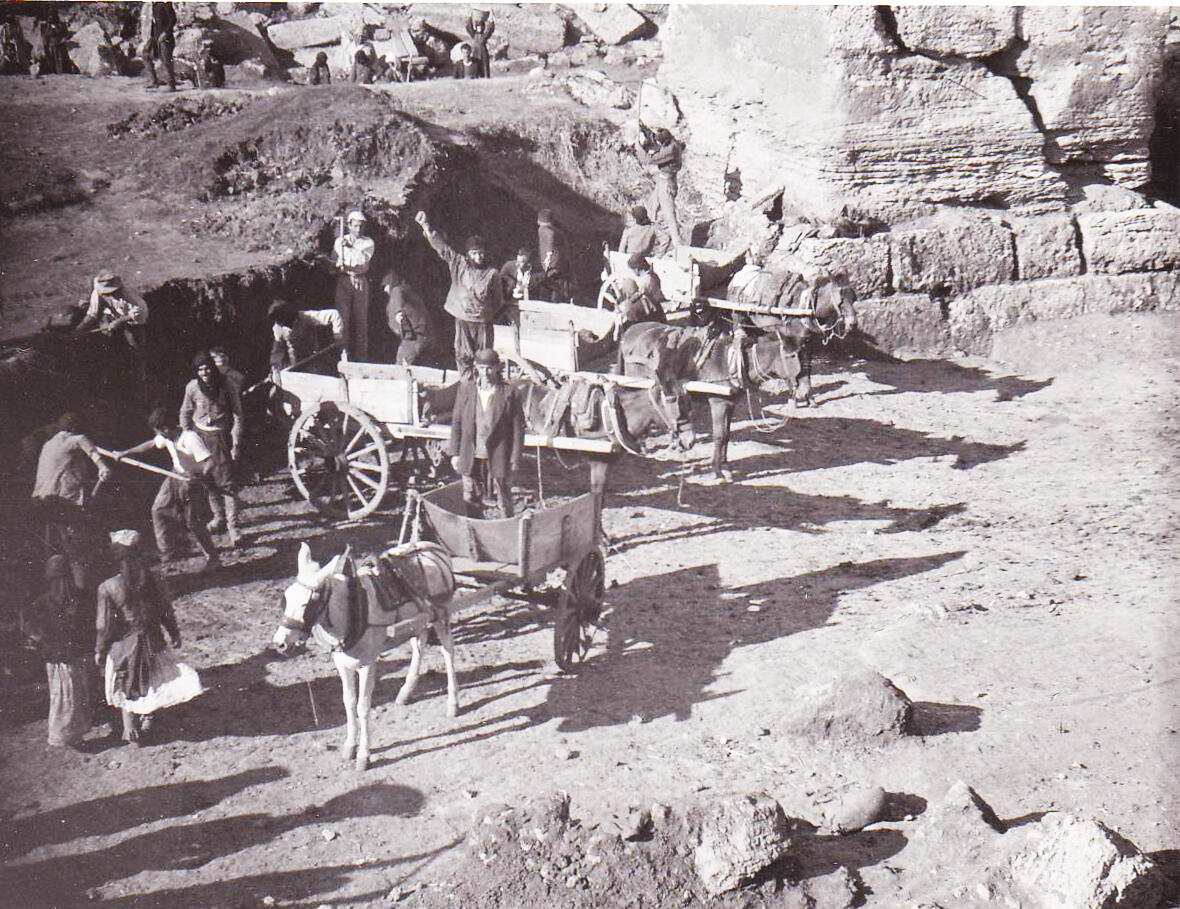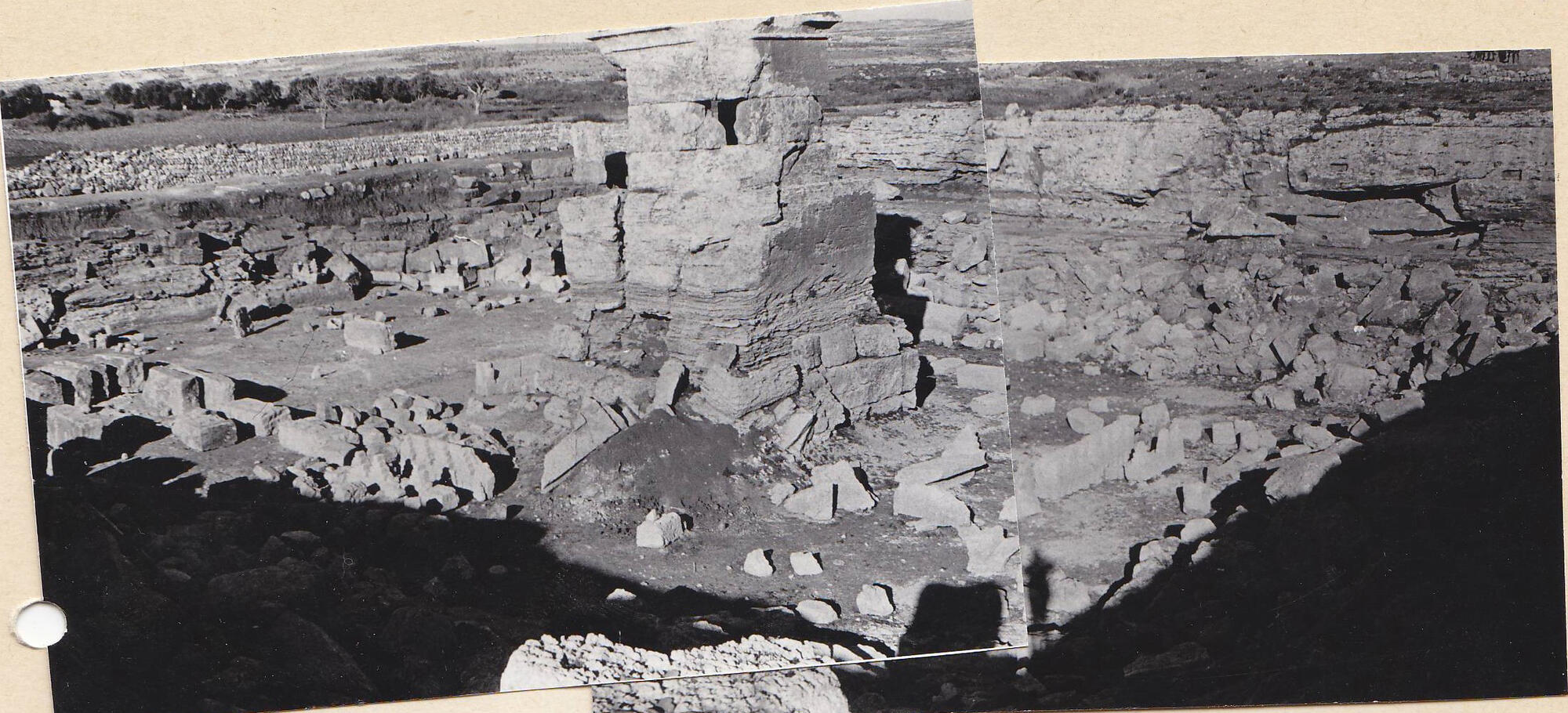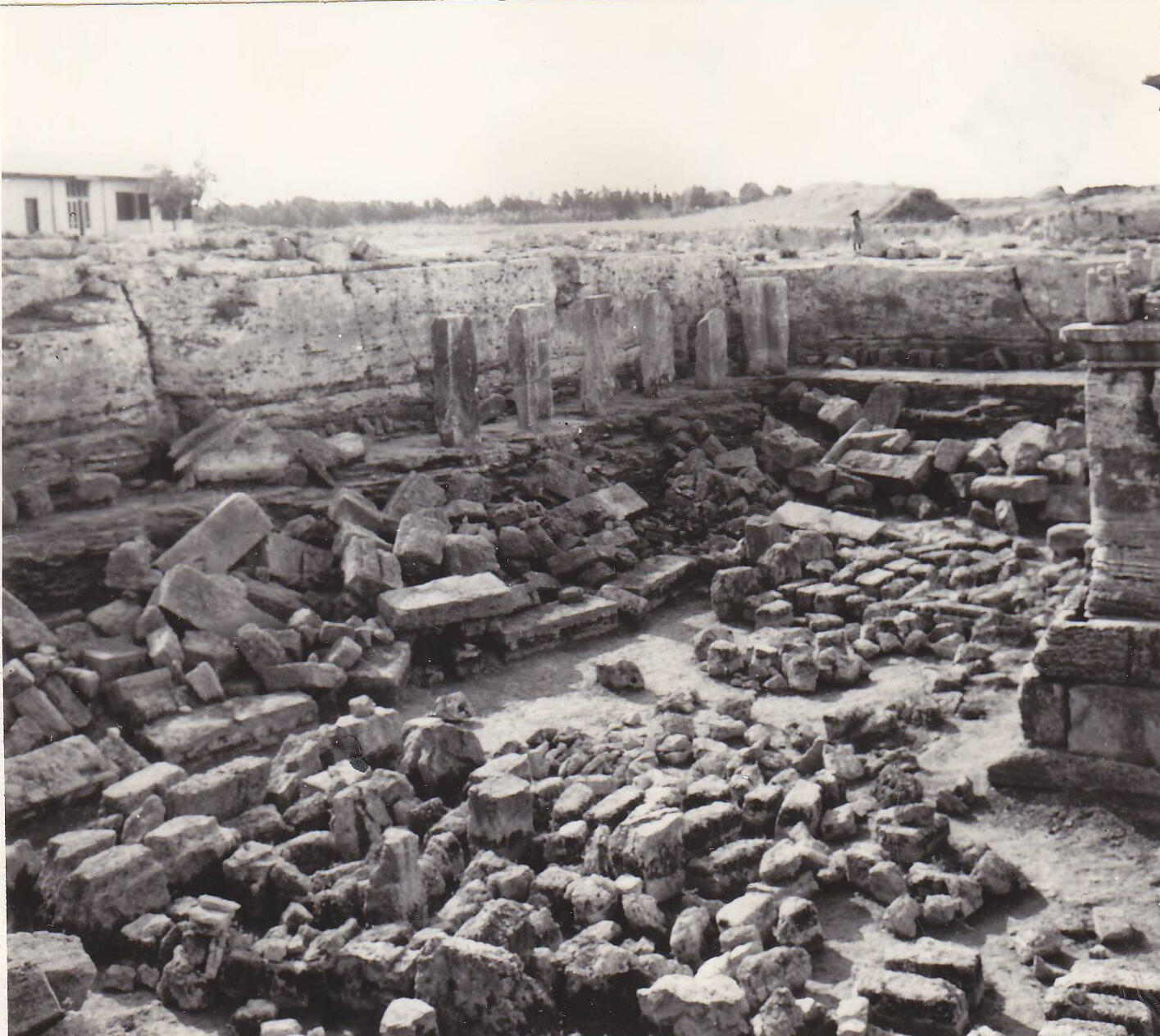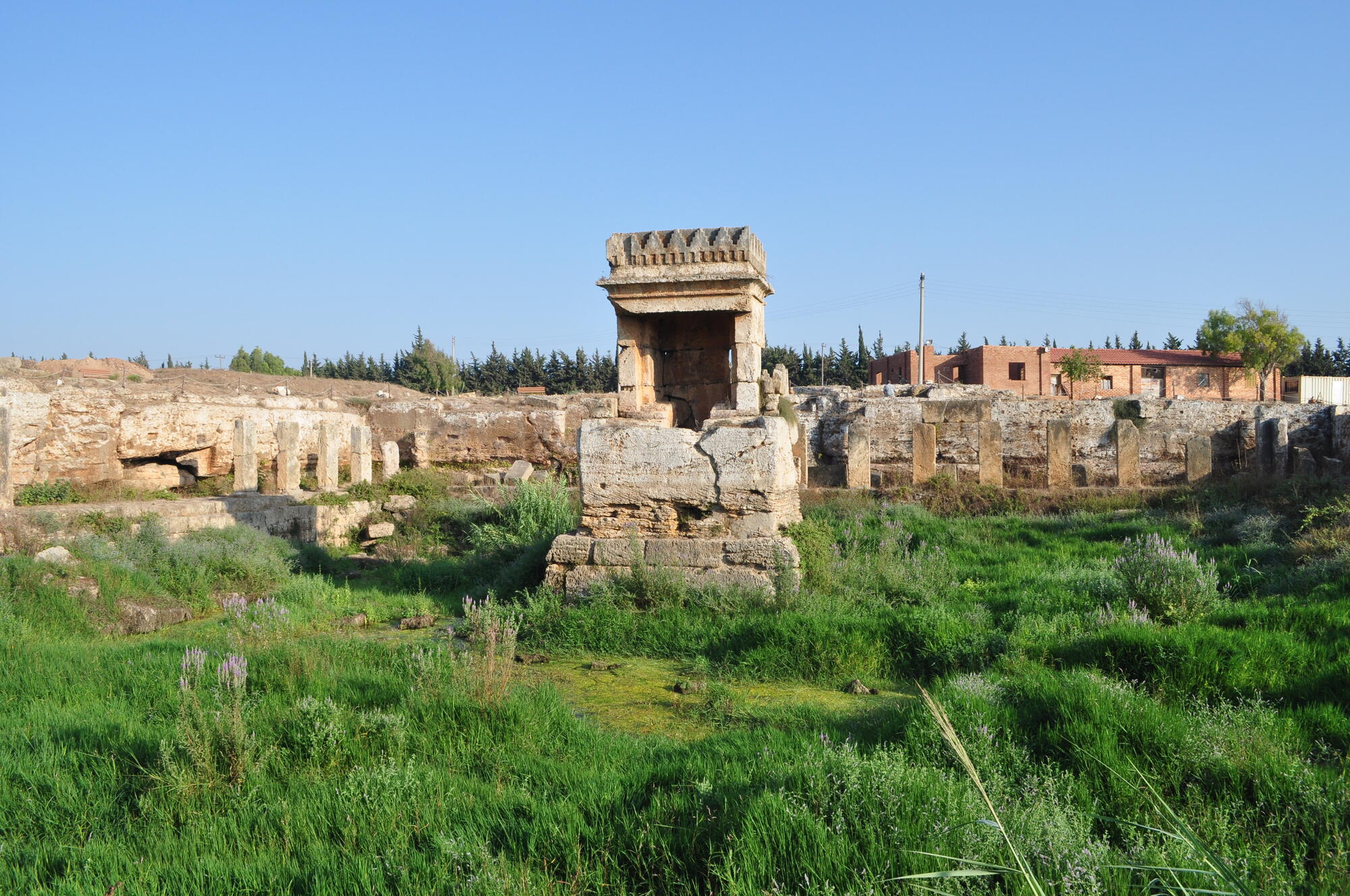Amrith (ancient Marathos) is a Late Phoenician-Hellenistic archaeological site located on the Syrian coastal region/Tartous Governorate. The site occupies a large flat area of about approx. 7 km in a north-south axis and its width varies between 1 and 2 km. The sanctuary, the tell (artificial hill), the royal tombs, the port, and the residential quartier occupy the most important parts of the site.
The systematic search began in 1954 with a Syrian mission (DGAM-Syria) under the direction of Nassib Saliby and assisted by Maurice Dunand. The current project concerns the publication of archaeological data on the two areas located in the center of the site: the tell and the main sanctuary. The stratigraphic sequence excavated of the tell confirms the existence of nine main levels. Pottery analyses show traces of settlement dated to the end of the Early Bronze Age III or the beginning of the Early Bronze Age IV (Amrith IX). This stage also confirms that the site played an important role during the Second Urban Revolution (circa 2600-2500 BC) as a trading link with Inner Syria. The next stage begins with the beginning of the 2nd millennium BC, which is linked with several stone walls and eight graves/silos with funerary furniture dated to the Middle Bronze Age I and II (Amrith VIII).
By the 7th century BC (Amrith IV) the situation had changed radically, and we can witness a rapid development of the site. Excavations in the tell revealed a series of buildings connected to a large open space. These buildings may contain private housing units for the personnel responsible for the services and care of religious ceremonies in the sanctuary. The sanctuary dedicated to the healing deity (or deities) was established at the end of the 7th or early 6th century BC, but, based on broken pottery found at the bottom of the basin, this may indicate that the temple was abandoned in the second half of the second century BC.
In the absence of written sources from the site, we were unable to determine the identity of the main lord of the temple. We also lost a set of information and data that would have provided a complete overview of the main aspects of Amrith. However, as a result of the efforts of some epigraphists in deciphering and interpreting the Phoenician language, some names of the gods were identified either in simple texts or on coins: Melqart, Eshmoun and Shadrapha.
The director of the publication project is Dr. Michel Al-Maqdissi.




